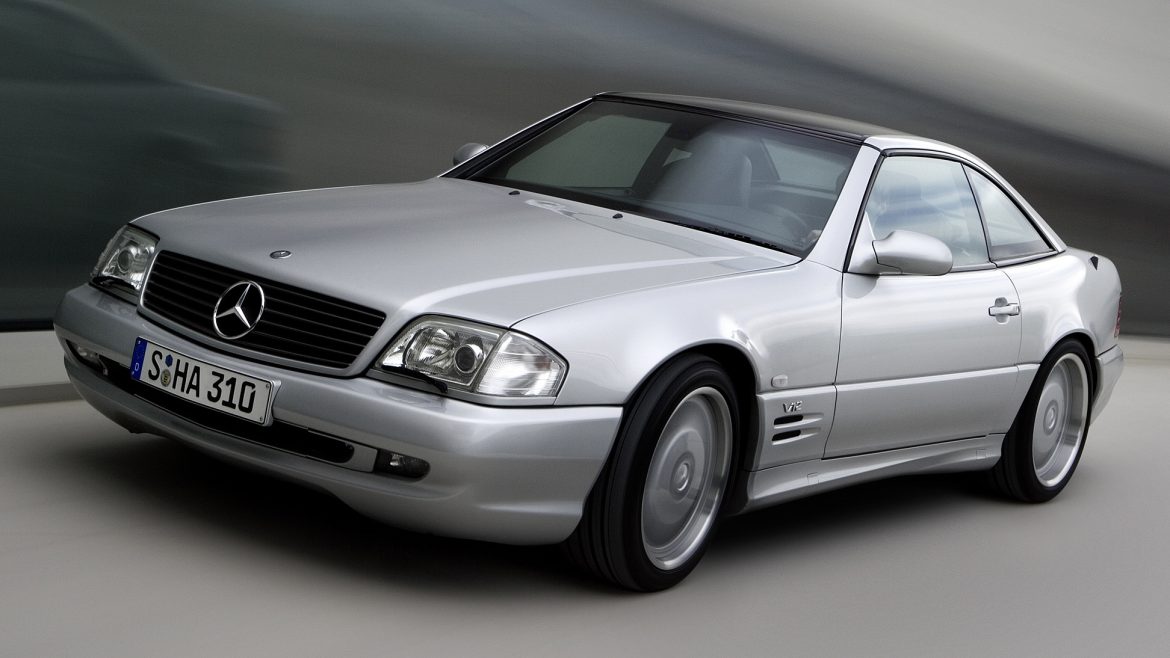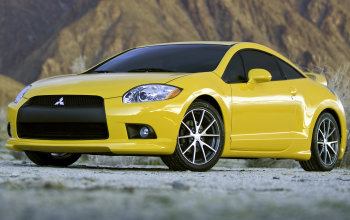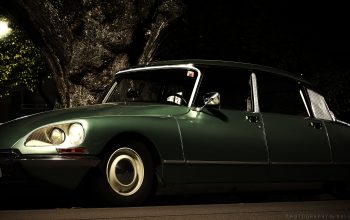The biggest roadster of Mercedes-Benz, tuned by AMG.
Throughout their history, Mercedes-Benz created cars that would look like behemoths compared to the rest. The 600 Grosser is a prime example of a big, luxury car that drips with menace and power. These and similar models were used by powerful people to show off their wealth and power to the public, and of course, make people go deaf with their horns that are louder than a rock concert. However, in 1999, the engineers at AMG decided to go big for a different reason and add one of the largest engines in the world to an SL to amp up the horsepower battle with other brands, which led to the birth of the rare and exclusive SL 73 AMG. Let’s dig deeper into this model and see why it’s such an icon lost in history.
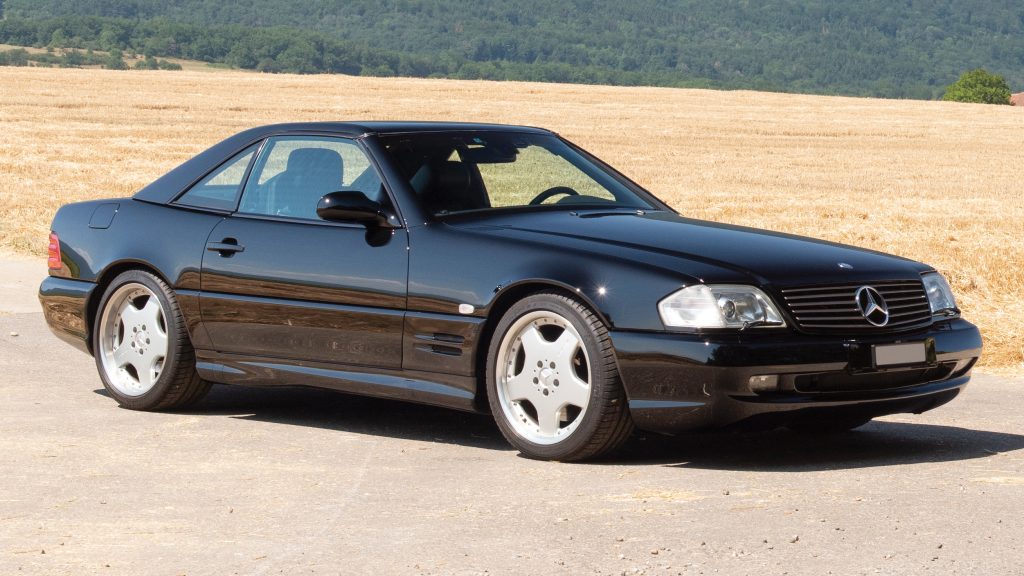
Back in 1999, shortly after AMG was bought by Daimler AG, the first rounds of horsepower battles between car brands began. With rapidly developing technologies being used in new powertrains and transmissions, it looked like it’d be a field day for any brand to get down there and show their capabilities and stay ahead of the curve, and that’s where the story of the SL 73 begins. Their closest rival back then was BMW, whose most powerful model of the time was the brand new E39 generation M5 (which we really love), at 400 HP. Mercedes-Benz already had powerful enough AMG models to give the M5 a run for its money like the E 55 AMG, but engineers in AMG thought of an even better idea: fit one of the biggest engines ever built by mankind to a latest R129 SL. The result was one of the most exclusive and expensive cars in the world up to now. It’s considered to be the biggest Benz to have been produced. Even the 600 Grosser had a 6.3L V8, and this engine makes it look like an ordinary saloon powertrain. It’s insane that AMG fitted this engine to a car in the first place, but that’s exactly why its legacy in newer models still continue.

The SL 73, therefore, wasn’t just a showoff project, it was a car that set the bar high not only for future AMG models but for the whole industry, thanks to its 7.3L V12 engine built from scratch exclusively for this model. This behemoth of an engine produced 525 horsepower @5500 RPM and 750 Nm of torque @4000 RPM, which were huge numbers for the time, and it was regarded as the most powerful and fastest roadster ever built. AMG engineers clearly showed their superiority by going bigger, which is actually what Americans would do, ironically. The SL 73 was innovative too, as AMG developed a new transmission system named AMG Speedshift to complete the recipe for absolute speed, and the car was fitted with a 5-speed automatic transmission. The speed limiter limited the top speed to 250 km/h because of the gentleman’s agreement, but being 1999, the limiter could be easily disabled. The top speed without the limiter is thought to be around 300 km/h (186 mph) but that’s probably the limit the tires could take, not the engine itself. The innovative gearbox and the massive power allowed it to go from 0 to 60 in just 4.5 seconds, incredible figures for its time, and showed how much potential this new M297 engine had. It’s certain that Horacio Pagani saw this potential as well, as it bought by Pagani in 1999 to be used in their supercar, Zonda C12. Pagani still uses this engine, albeit heavily modified, and shows its full potential in their exotic monsters.
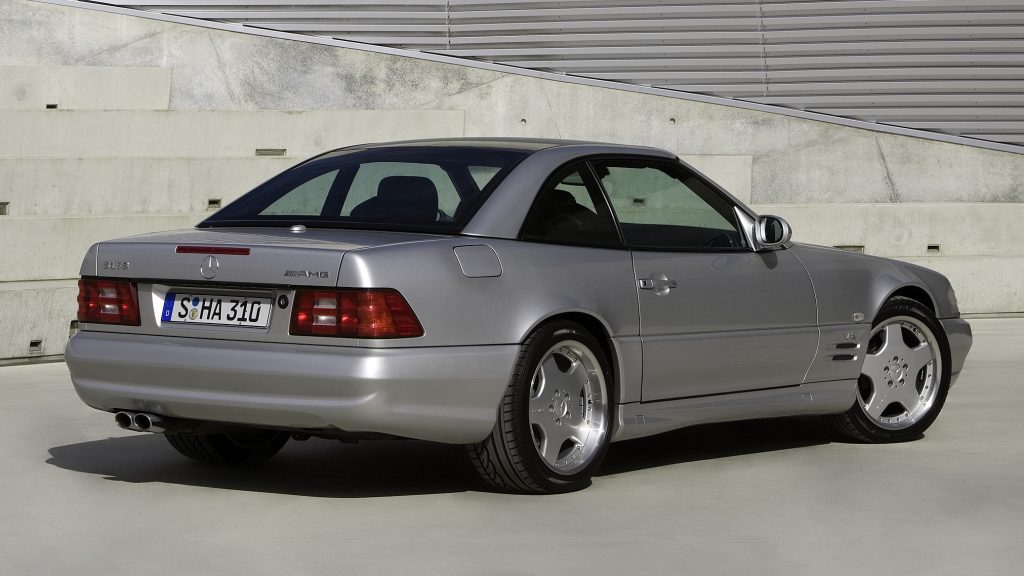
AMG thought of everything for the SL 73. The brakes were big ventilated discs and newly-developed AMG suspension kits were fitted to offset the 2050kg kerb weight drawback and make the big coupe go around corners just as well as in straight line. Some of the production SL’s were also converted to hardtop coupes to save weight and allow for more aero. These coupes were fitted with big panoramic lightweight glass roof instead to keep the open-air functionality of the car with no performance compromises. The tires were fitted with AMG’s iconic Monoblock rims and more aggressive and wider bumpers to help the massive V12 put all the power on the road without sending its driver to a tree, though I’d still be careful since this monster is now 22 years old and delivers the same performance you’d get in today’s cars but with less… traction. AMG knew that the engine was too big for, well, any car, if we’re honest, but they knew that this exclusive model would set a benchmark for their next generation cars, and it was certainly a success in that aspect.

The interior of the car was just as well-equipped as the exterior. It was fitted with a CD player and a radio, a big phone, and a state of the art air conditioning system, no, I’m not being ironic. I promise. Wooden trim was used on the centre console and the steering wheel which was the epitome of luxury in the late 1990’s. Posh leather was used for the seats and alcantara was used for the underside of the interior. The clock was moved to the speedometer, next to the rev counter, probably for the passenger to stop worrying about being late to the destination. Worry no more, you’re in an AMG, let the driver do the work.
There were different variants of this M297 V12 engine, the SL 72 (503 HP) and SL 70 (489 HP) were the other variations made before the 73, they were less powerful but just as rare. Only 85 examples of the SL 73 were produced, which sadly makes it near impossible to spot or at least hear one. The SL 65 (R230) generation is the successor of the SL 73, which offered even more power and insanity behind the wheel but without getting rid of the convertible roof.
Each example of the SL 73 AMG was sold for $230,000, which was an incredible sum for the time, but for this amount of luxury and exclusivity, the SL 73 is worth it for housing the biggest Mercedes-Benz engine ever, and considering how the automotive industry is shifting to hybrids and EV’s, it will probably stay that way forever.

